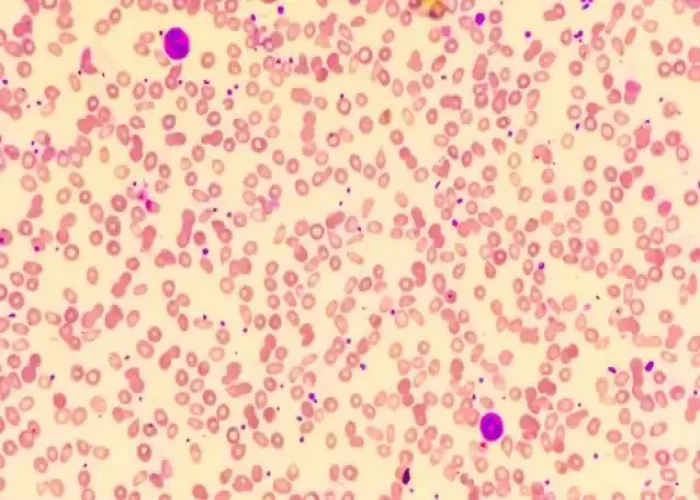 Welcome
Welcome
“May all be happy, may all be healed, may all be at peace and may no one ever suffer."
Thrombocytosis
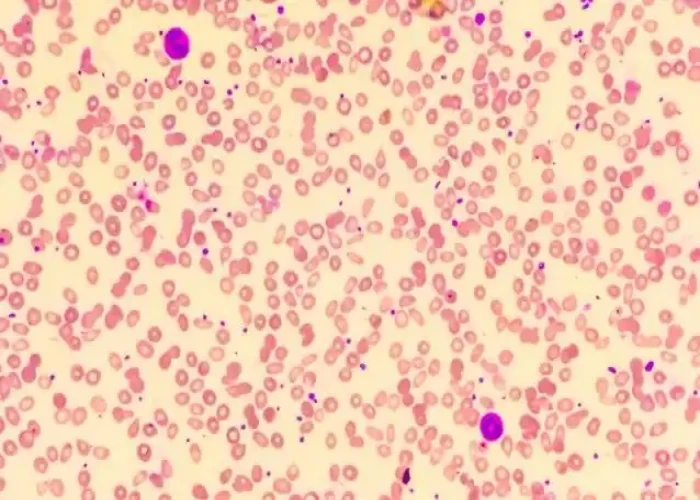
Thrombocytosis is a medical condition in which there is an abnormally high platelet count in the blood. Platelets are small blood cells that help form blood clots to stop bleeding. A platelet count greater than 450,000 platelets per microliter of blood is considered high.
There are two types of thrombocytosis:
- Primary or essential thrombocytosis: This is a rare disorder that results from a genetic mutation in the bone marrow cells that produce platelets, causing an overproduction of platelets. Primary thrombocytosis is also known as essential thrombocythemia.
- Secondary thrombocytosis: This occurs as a result of an underlying condition, such as infection, inflammation, iron deficiency anemia, cancer, or a reaction to certain medications.
The symptoms of thrombocytosis can vary depending on the underlying cause and the severity of the condition, but may include headache, dizziness, weakness, bleeding, and blood clots.
Diagnosis of thrombocytosis usually involves a complete blood count (CBC) and examination of a peripheral blood smear. Additional tests may be needed to determine the underlying cause.
Treatment for thrombocytosis depends on the underlying cause and the severity of the condition. In mild cases, no treatment may be needed. However, in severe cases, medication, blood thinners, or procedures to remove excess platelets may be necessary. It is important to seek medical attention if any symptoms of thrombocytosis are experienced, as untreated cases can lead to serious complications such as blood clots and stroke.
Research Papers
Disease Signs and Symptoms
- Headaches
- Dizziness (vertigo)
- Dizziness, lightheadedness or faintness
- Chest pain
- Weakness
- Numbness
- Weakness and numbness in arms
Disease Causes
Thrombocytosis
Bone marrow — spongy tissue inside your bones — contains stem cells that can become red blood cells, white blood cells or platelets. Platelets stick together, helping blood to form a clot that stops bleeding when you damage a blood vessel, such as when you cut yourself. Thrombocytosis occurs when your body produces too many platelets.
Reactive thrombocytosis
This is the more common type of thrombocytosis. It’s caused by an underlying medical problem, such as:
- Acute bleeding and blood loss
- Cancer
- Infections
- Iron deficiency
- Removal of your spleen
- Hemolytic anemia — a type of anemia in which your body destroys red blood cells faster than it produces them, often due to certain blood diseases or autoimmune disorders
- Inflammatory disorders, such as rheumatoid arthritis, sarcoidosis or inflammatory bowel disease
- Surgery or other type of trauma
Essential thrombocythemia
The cause of this disorder is unclear but it often appears to be connected to mutations in a variety of genes. Your bone marrow produces too many of the cells that form platelets and these platelets are often abnormal. This poses a much higher risk of clotting or bleeding complications than does reactive thrombocytosis.
Disease Prevents
Disease Treatments
Reactive thrombocytosis
Treatment for this condition depends on the cause.
- If you've had significant blood loss from a recent surgery or an injury, your elevated platelet count might resolve on its own.
- If you have a chronic infection or an inflammatory disease, your platelet count likely will remain high until the condition is under control. In most cases, your platelet count will return to normal after the cause is resolved.
- If you've had your spleen removed (splenectomy), you might have lifelong thrombocytosis, but you're unlikely to need treatment.
Essential thrombocythemia
People with this condition who have no signs or symptoms are unlikely to need treatment as long as the condition is stable. Your doctor might recommend that you take daily, low-dose aspirin to help thin your blood if you're at risk of blood clots. Don't take aspirin without checking with your doctor.
You might need to take drugs or have procedures to lower your platelet counts if you:
- Have a history of blood clots and bleeding
- Have risk factors for heart disease
- Are older than 60
- Have a platelet count greater than 1 million
Your doctor might prescribe platelet-lowering drugs primarily in the form of hydroxyurea (Droxia, Hydrea) or interferon alfa (Intron A).
Platelets can be removed from your blood by a procedure that’s similar to dialysis. A needle connected to a tube is placed in a vein and your blood is fed through a machine that filters out platelets. Then the filtered blood is returned to your body through an intravenous (IV) line. This procedure is used only in emergencies, such as if essential thrombocythemia has caused a stroke.
Disease Diagnoses
Disease Allopathic Generics
Disease Ayurvedic Generics
Disease Homeopathic Generics
Disease yoga
Thrombocytosis and Learn More about Diseases

Erysipelas

Uterine prolapse

Pseudogout
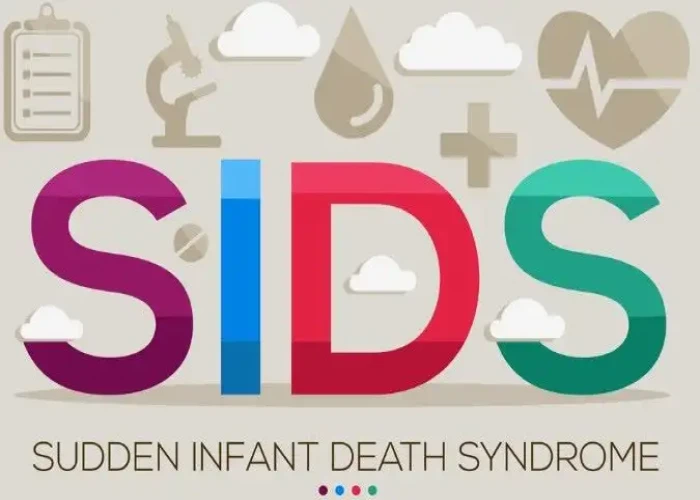
Sudden infant death syndrome (SIDS)
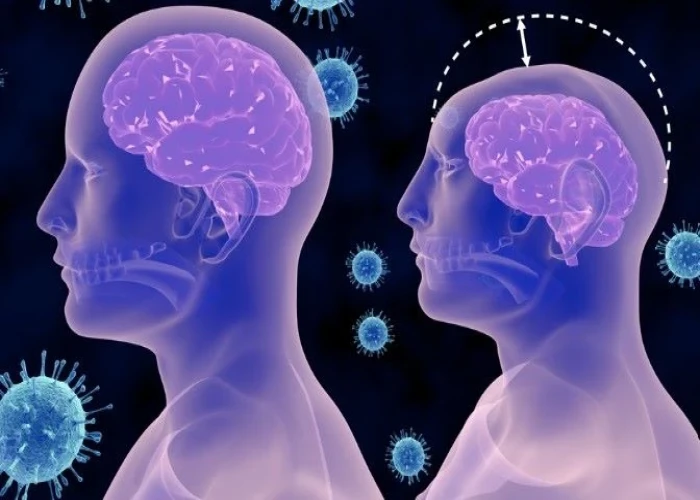
Microcephaly

Airplane ear
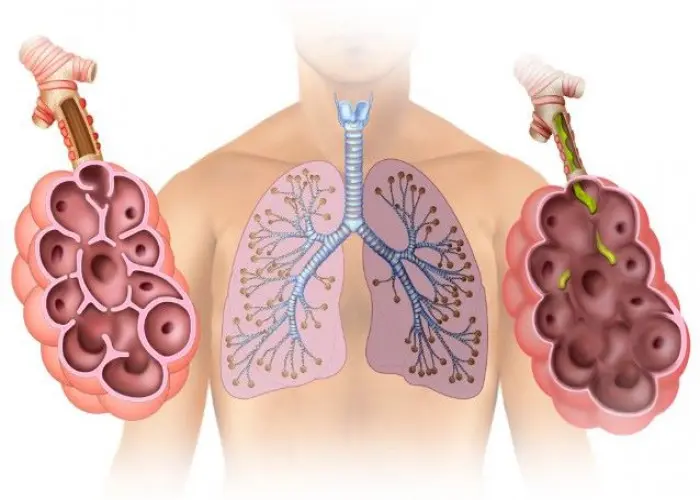
Emphysema
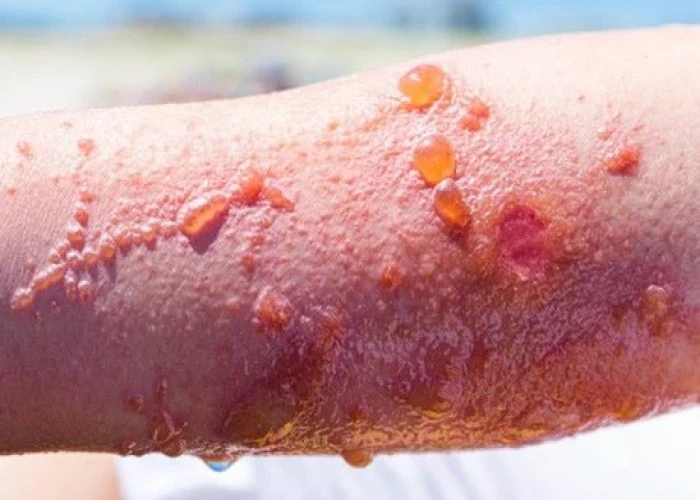
Poison ivy rash
thrombocytosis, থ্রম্বোসাইটোসিস
To be happy, beautiful, healthy, wealthy, hale and long-lived stay with DM3S.
